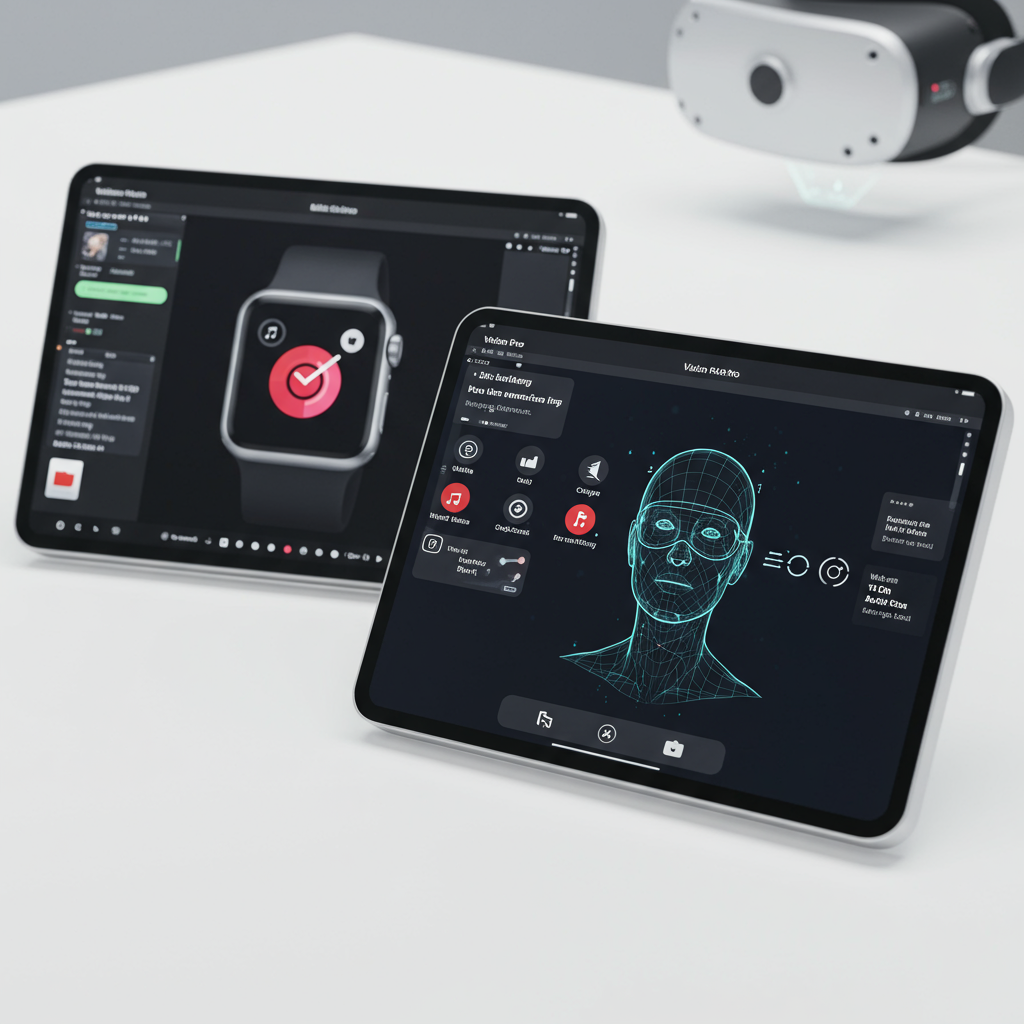The landscape of software development is undergoing a fundamental shift, powered by increasingly sophisticated AI. Standing at the forefront of this evolution is cursor, the company renowned for its viral AI coding editor. In a significant move to expand its reach and utility, Cursor recently unveiled a dedicated web application. This launch provides developers with a powerful new way to interact with and oversee their AI coding agents directly from any browser, whether on a desktop or mobile device.
This strategic launch signals Cursor’s ambition to grow beyond its foundational integrated development environment (IDE). The IDE has been the primary gateway for developers accessing Cursor’s AI-powered toolset. However, Anysphere, the company behind Cursor, is actively working to embed its innovative products into a wider array of environments and cultivate more agent-centric workflows for its users.
The rollout of the web app follows closely on the heels of other key product advancements. In May, Cursor introduced “background agents,” AI systems designed to tackle coding tasks autonomously without requiring constant real-time supervision from the user. Building on this capability, June saw the debut of a Slack integration. This allowed developers to delegate tasks to these background agents by simply tagging @Cursor within Slack, mirroring functionalities seen in other prominent AI coding assistants.
With the new web app, users gain enhanced flexibility. Developers can now submit natural language requests via their web browser to instruct background agents. Tasks can range from initiating the development of new features to identifying and fixing bugs within their codebase. The web interface provides more than just task assignment; it also offers robust management capabilities. Users can monitor the ongoing work of their agents, track their progress in real-time, and review completed changes before merging them back into the main codebase. Each agent also features a unique shareable link, streamlining collaboration by making it easy for teammates to view specific agent activities and code modifications.
Andrew Milich, Cursor’s head of product engineering, highlighted the strategic thinking behind these recent releases. He explained that both the Slack integration and the new web app are part of a concerted effort to “remove the friction” for the growing number of developers who rely on Cursor daily. The platform’s adoption rate suggests this strategy resonates strongly with the market.
Anysphere recently disclosed impressive growth figures, announcing last month that Cursor has achieved an annualized recurring revenue (ARR) exceeding $500 million. This substantial revenue is largely driven by monthly subscription models. The company also reported remarkable penetration within large enterprises, stating that over half of the Fortune 500 companies now utilize Cursor, citing examples like NVIDIA, Uber, and Adobe. Capitalizing on this momentum, Anysphere recently introduced a premium Pro tier for Cursor, priced at $200 per month, offering expanded capabilities tailored for more intensive use cases.
Milich further commented on user demand, noting, “You noted how customers want Cursor in more places. I think they also want Cursor to solve more of the problems they’re having.” This underscores the strategic shift towards enabling AI agents to handle a broader spectrum of development challenges, accessible wherever developers work.
The design of Cursor’s background agents, accessible through interfaces like Slack or the web app, is intended to facilitate a seamless workflow. Users can delegate a task, allowing the agent to undertake the initial pass. Should the agent be unable to complete the task entirely, the developer can effortlessly transition into the Cursor IDE, picking up precisely where the agent left off to finalize the work. This hybrid approach leverages the efficiency of AI for repetitive or initial steps while retaining human oversight and expertise for complex or nuanced challenges.
The Expanding Realm of AI Agents in Development
The introduction of sophisticated AI agents capable of executing complex coding tasks is a significant trend in developer tools. While Cursor is not the first company to deploy AI coding agents, Anysphere emphasizes its cautious and deliberate development process. The company stated its focus has been on avoiding the release of “demo-ware”—AI products that appear impressive conceptually but fail to deliver reliable performance in practical development scenarios. Early iterations of AI coding agents from various providers have sometimes demonstrated limitations and introduced errors, reinforcing the importance of careful implementation.
Indeed, recent experiments with advanced AI models in agentic roles, such as managing simple business operations, have highlighted both the potential and the current limitations, including issues with hallucination and reliable execution of multi-step tasks. However, ongoing advancements in AI reasoning models are making the prospect of viable coding agents increasingly realistic.
Anysphere’s leadership is optimistic about the trajectory of this technology. In a recent interview, Anysphere CEO Michael Truell shared his projection that AI coding agents could potentially handle at least 20% of a software engineer’s workload by the year 2026. This prediction, while ambitious, aligns with the rapid pace of innovation in AI capabilities, including models demonstrating enhanced proficiency in code generation, testing, and tool use across various benchmarks. Tools that allow AI models to interact with computer interfaces like humans further pave the way for agents to automate complex workflows.
Accessing the Web App
Access to the new Cursor web app is available to all Cursor customers who currently have access to the background agent feature. This includes subscribers on the $20-per-month Pro plan, as well as users on more expensive enterprise or custom plans. It’s important to note that users on Cursor’s free tier do not have access to the background agent capabilities and, therefore, cannot utilize the new web app to manage them.
The launch of the web app marks a pivotal moment for Cursor, broadening the accessibility and management capabilities of its AI coding agents. By enabling developers to interact with these powerful tools from anywhere via a standard web browser, Cursor is taking a crucial step towards seamlessly integrating AI assistance into the diverse and dynamic workflows of modern software development teams. This expansion caters directly to user demand for more flexibility and a wider range of AI-driven solutions within their existing development processes.
Frequently Asked Questions
What is the new Cursor web app and what does it do?
The new Cursor web app is a browser-based application launched by Anysphere, the company behind the Cursor AI coding editor. It allows developers to manage their AI coding agents directly from desktop or mobile browsers. Users can send natural language requests to assign coding tasks like writing features or fixing bugs, monitor the agents’ progress, view code changes they make, and merge completed work back into their codebase. It provides a flexible interface outside the core Cursor IDE.
Who can access the Cursor web app?
Access to the Cursor web app is tied to the availability of Cursor’s background agent feature. This means the web app is available to all Cursor customers who are subscribed to a plan that includes background agents. This includes users on the $20-per-month Pro plan and any higher-tier plans. Users utilizing Cursor’s free tier do not have access to background agents or the new web app.
How does the web app fit into Cursor’s strategy for AI coding agents?
The web app is a key part of Cursor’s strategy to expand beyond its initial IDE product and make AI coding agents more accessible and integrated into developer workflows. Following the introduction of background agents and a Slack integration, the web app adds browser-based access, aiming to “remove the friction” for users. It allows developers to initiate tasks and manage agents from various environments, demonstrating Cursor’s commitment to enabling AI to solve more problems in more places, potentially handling a significant percentage of coding work in the future.




